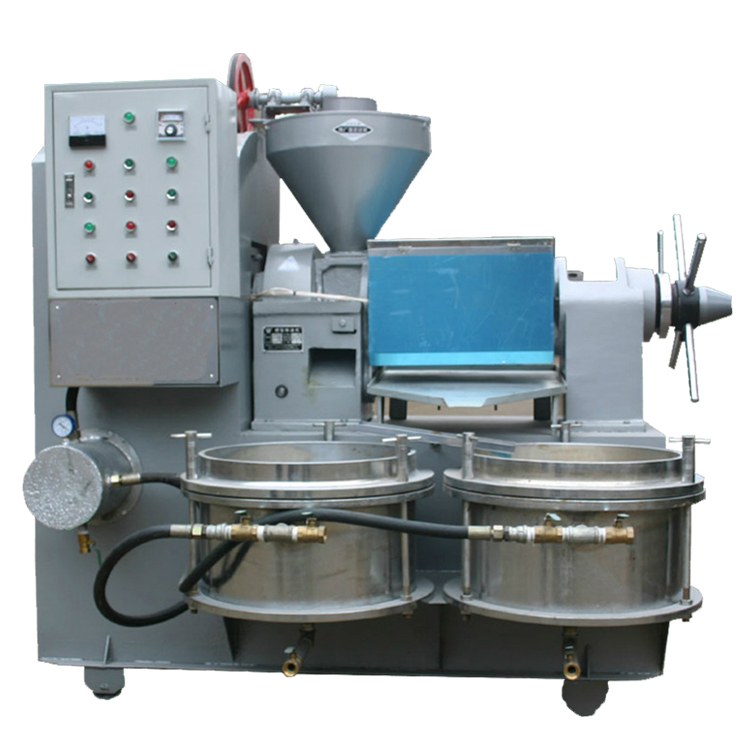Oct . 08, 2025 22:35 Back to list
Black Seed Oil Expeller for High Yield & Low Residue?
Field Notes from Dingzhou: A Practical Look at a black seed oil expeller
Walk into a small oil room anywhere from Amman to Ahmedabad and you’ll hear the same low thrum of a screw press turning Nigella sativa into that peppery, almost medicinal oil we all know. The unit I’ve been tracking lately comes from Dingzhou City, Hebei Province, China—an Oil Press with filter integrated machine. It’s an all-in-one design that presses and filters in a compact footprint. To be honest, that “press + filter” combo is where many operators save time and reduce oxidation.
Industry snapshot
Three trends keep surfacing: cold-press temperatures (to protect thymoquinone), integrated filtration to cut handling, and traceable QA workflows. Add in rising demand from nutraceutical brands, and a capable black seed oil expeller that doesn’t need a whole mezzanine of extras is… well, popular.

Where it fits
- Small/medium oil mills upgrading from manual filtration
- Herbal/nutraceutical brands chasing low peroxide values
- Farm cooperatives needing reliable 8–12 hour daily duty
- R&D labs dialing in screw profiles for Nigella sativa seeds
Process flow (what actually happens)
- Seed preparation: pre-cleaning, de-stoning, moisture balance ≈6–8%.
- Conditioning: gentle pre-heat (or true cold-press) around 45–75°C, product-dependent.
- Screw pressing: nitrided alloy-steel worm/cage, continuous expression.
- Settling: brief hold to drop heavier particulates.
- Integrated filtration: typically vacuum-assisted filter element/cloth.
- QC checks: quick acid value/peroxide reads before storage.
Product specs (typical)
| Model | Oil Press with filter integrated machine |
| Throughput (Nigella) | ≈ 60–150 kg/h (real-world use may vary with seed grade) |
| Motor power | 7.5–11 kW (50/60 Hz) |
| Pressing temperature | Ambient (cold-press) to ~75°C adjustable |
| Residual oil in cake | ≈ 6–8% with tuned moisture/pressing curve |
| Filtration | Integrated vacuum filter, food-grade elements |
| Wetted materials | SUS304 contact parts; 38CrMoAl nitrided screw/cage |
| Service life | 5–8 years; screw & rings are replaceable wear items |
Quality and testing
Routine checks I’ve seen adopted: ISO 660 (acid value), ISO 3960 (peroxide value), ISO 663 (insoluble impurities), plus AOCS methods for moisture and color. Many customers say the integrated filter helps them keep PV comfortably below 5 meq O2/kg when processing fresh seed. Actually, that’s as much about handling as the machine.
Customization options
- Voltage: 220/380/415/440 V; 50/60 Hz
- Screw profile tuned for Nigella sativa or mixed oilseeds
- Heated or jacketed press cage; PID temp control
- Filter media grades; dual-stage clarity
- CE/ISO documentation set; food-contact compliance support (EU 1935/2004)
Vendor comparison (indicative)
| Vendor | Capacity (Nigella) | Lead Time | Price Range | Notes |
|---|---|---|---|---|
| Dingzhou integrated unit | ≈60–150 kg/h | 20–35 days | Mid-range | Built-in filter; easy spares |
| Local fabricator (generic) | ≈40–100 kg/h | 10–20 days | Low | May lack CE/ISO pack; external filter needed |
| European brand (premium) | ≈80–160 kg/h | 6–10 weeks | High | Advanced automation; higher capex |
Real-world notes and feedback
“Less gunk in the filter pot, fewer clogs,” is how one operator summed it up. Another told me they shaved 15% off their cleaning time per batch. It seems the integrated design reduces exposure to air—small thing, big deal for a black seed oil expeller chasing shelf stability.
Case snippets
- Jordan SME: 2-shift production, PV held at 3–4 meq O2/kg, residual oil ≈7%, filter change every 280–320 kg—respectable.
- UK brand: cold-press at ≤45°C, added PID control; reported clearer oil and 10% faster polishing filtration downstream.
Compliance wise, look for ISO 9001-backed manufacturing and CE under the Machinery Directive. If you’re exporting edible oil, align your QA with Codex and AOCS; auditors like seeing that playbook. And yes, ask for a parts kit—press screw, rings, filter media—the usual suspects on any black seed oil expeller.
References
- Codex Alimentarius: CXS 210-1999, General Standard for Named Vegetable Oils.
- ISO 660:2020, Animal and vegetable fats and oils — Determination of acid value.
- ISO 3960:2017, Determination of peroxide value.
- ISO 663:2020, Determination of insoluble impurities content.
- AOCS Official Methods and Recommended Practices, latest edition.
-
Mustard Oil Extraction Machine: A Complete Guide to Industry, Technology & Future Trends
NewsNov.20,2025
-
Groundnut Oil Extraction Machine | Efficient Peanut Oil Press Solutions
NewsNov.20,2025
-
Manual Oil Press Machine: Sustainable Oil Extraction for Global Communities | Buy & Learn More
NewsNov.19,2025
-
Efficient Peanut Oil Machine Solutions for Sustainable Oil Extraction
NewsNov.19,2025
-
Essential Oil Extraction Machine: Unlocking Quality & Sustainability in Oil Production
NewsNov.18,2025
-
Latest Oil Expeller – Efficient & Sustainable Oil Extraction Machines
NewsNov.18,2025
